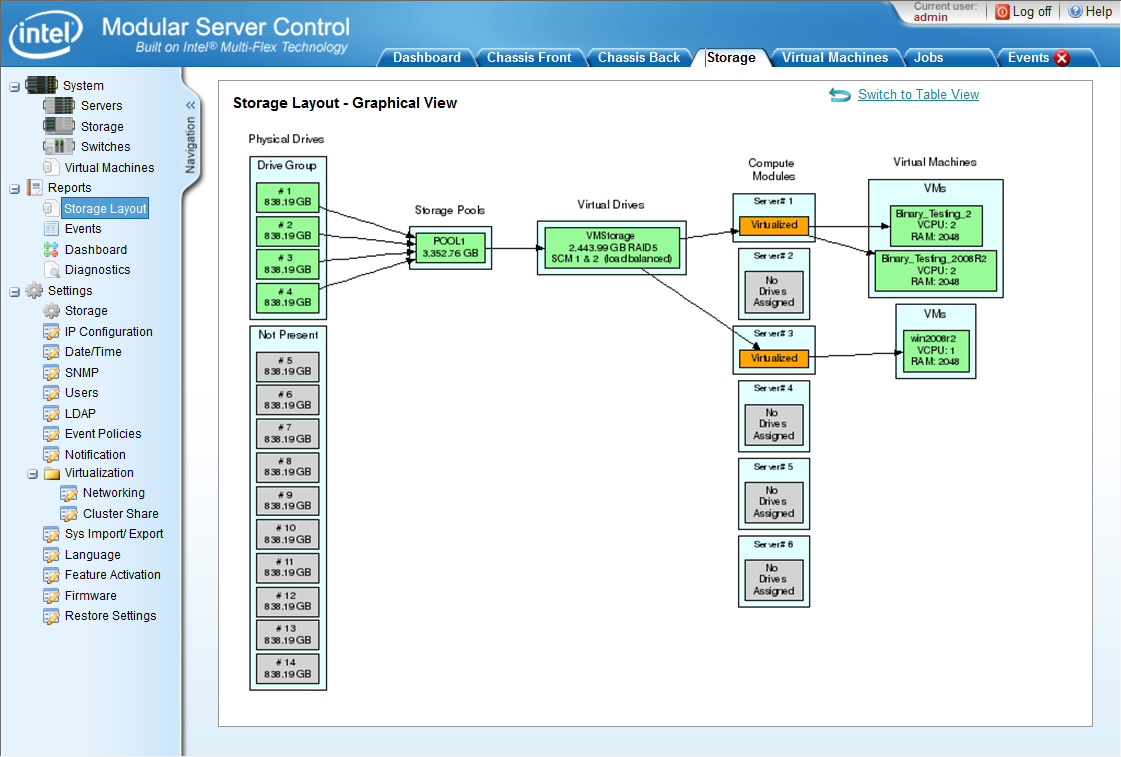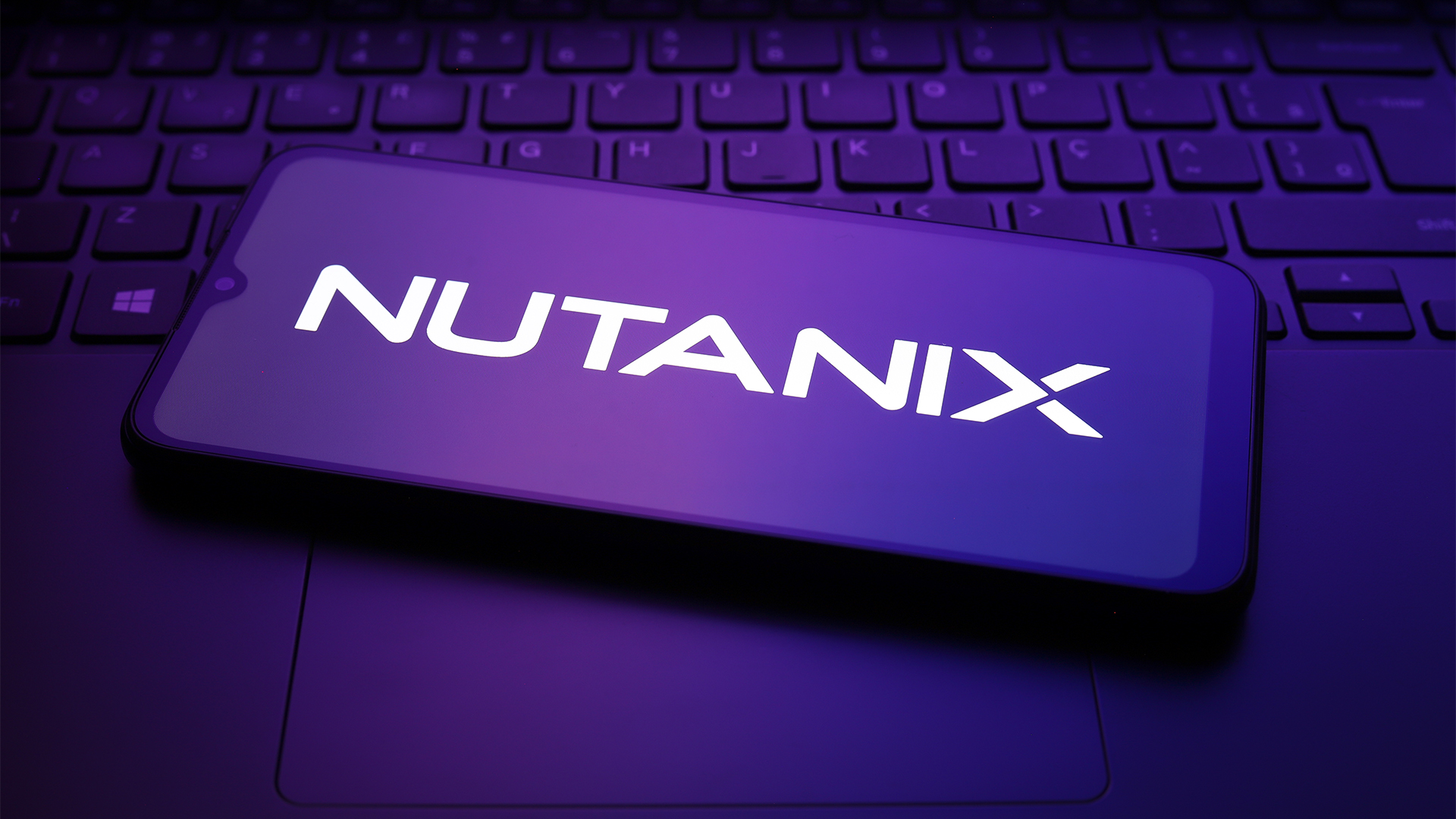Broadberry Intel Modular Server review
Broadberry offers SMBs an affordable blade server with some unusual storage features and a sharp focus on virtualisation. In this exclusive review, Dave Mitchell takes a closer look at Intel’s Modular Server and tests its VM live migration feature.
Broadberry’s Intel Modular Server is more cost-effective than HP’s C3000 and just as easy to deploy. Its internal SAN allows all server blades to be diskless, although the controller still only supports 3Gbit/s speeds. The virtualisation option is excellent value and its live migration worked seamlessly during testing, but bear in mind that support for dual storage controllers has yet to be implemented.

The storage controller supports all key RAID arrays, including RAID-6, and Broadberry offers a choice of SATA, SAS, near-line SAS and SSD drives. Storage pools can contain multiple virtual drives and each is assigned to a module that sees it as local storage, so the modules themselves are completely diskless.
The storage arrangement provides good redundancy if a module fails, its virtual drive can be reassigned to a spare module and booted as usual.This arrangement provides good redundancy if a module fails, since its virtual drive can be reassigned to a spare module and booted as usual.
The storage management blade also has a SAS expansion port for adding external storage, but note that only 3Gbit/s speeds are currently supported. Assigning storage is straightforward, too a flowchart graphic shows the content of each storage pool and which compute modules the virtual drives are assigned to.

A graphic shows clearly how the internal SAN is arranged and which virtual drives are assigned to each compute module.
A management I/O module provides full remote access to the server chassis and its components. Switch options are basic, as the chassis only supports a maximum of two 10-port L2/L3 Ethernet switch blades. The compute modules do have a 10Gbit Ethernet internal connection to the network midplane, but a 10Gbit Ethernet external switch module isn't currently available.
Intel's Modular Server Control (MSC) browser interface offers good levels of access to all components. A dashboard shows the status of the chassis, compute modules, power supplies, drives and system health, while a row of tabs above provides views of the front and rear panels, along with installed components.

Intel's MSC provides good remote access to the server and plenty of operational information.
Sign up today and you will receive a free copy of our Future Focus 2025 report - the leading guidance on AI, cybersecurity and other IT challenges as per 700+ senior executives
The BIOS and operating system of each computer module can also be viewed and controlled remotely via KVM over IP, and this allows modules to be switched on and off individually, too.
Dave is an IT consultant and freelance journalist specialising in hands-on reviews of computer networking products covering all market sectors from small businesses to enterprises. Founder of Binary Testing Ltd – the UK’s premier independent network testing laboratory - Dave has over 45 years of experience in the IT industry.
Dave has produced many thousands of in-depth business networking product reviews from his lab which have been reproduced globally. Writing for ITPro and its sister title, PC Pro, he covers all areas of business IT infrastructure, including servers, storage, network security, data protection, cloud, infrastructure and services.
-
 Complacent Gen Z and Millennial workers are more likely to be duped by social engineering attacks
Complacent Gen Z and Millennial workers are more likely to be duped by social engineering attacksNews Overconfidence and a lack of security training are putting organizations at risk
By Emma Woollacott Published
-
 CISPE claims European Commission gave Broadcom a ‘blank cheque to raise prices, lock-in, and squeeze customers’ with VMware deal
CISPE claims European Commission gave Broadcom a ‘blank cheque to raise prices, lock-in, and squeeze customers’ with VMware dealNews Cloud providers have issued a formal response to the General Court of the European Union after the Commission defended its approval of the deal
By Emma Woollacott Published
-
 Nutanix wants to help customers shore up cloud sovereignty
Nutanix wants to help customers shore up cloud sovereigntyNews New automation tools and infrastructure management capabilities look to tackle single-vendor dependency and shore up sovereignty requirements
By Ross Kelly Published
